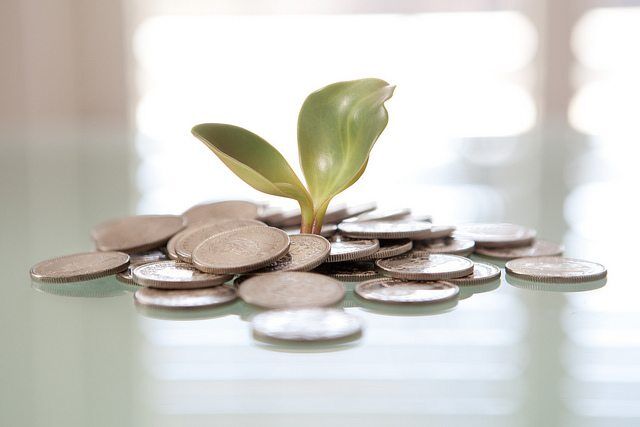

Environment
COP 22: Paris Agreement To Be Put Into Action Following Trillions In Finance
A plan laid out by the head of $8.3 billion Climate Investment Funds outlines how to make large-scale climate projects accessible to developing world.
The entry into force of the Paris Climate Agreement underscores the global efforts to embrace a low-carbon, climate-resilient world. Decision-makers gathering in Morocco for the UN’s Climate summit (COP 22) next week need to act with the urgency commensurate with recent climate-related events—from Hurricane Andrew to record-breaking carbon emissions — which are causing significant human, economic and environmental harm.
The Paris Agreement compels political and financial leaders to move from the intention of global agreements to the implementation of sustainable development plans and commit financing for a climate-smart groundswell. The funds needed amount to trillions, not billions.
The private sector – many of whom are already factoring climate change into their business models, investment decisions and disclosure statements – will play a crucial role in driving climate-smart investments. Private sector capital can be attracted by targeted concessional or de-risking public financing which lowers costs and crowds in new partners.
Despite progress, current climate financing available falls far short of national climate plans (or NDCs) laid out by countries as part of the Paris Climate Agreement. Over the next 15 years, based on preliminary NDC analysis, Sub-Sahara Africa alone will need about $1.8 trillion for mitigation, including clean energy access, and another 500 billion for adaption investments.
The Climate Investment Funds (CIF) is the largest source of below-market-rates and de-risking climate finance to Africa, with $2.8 billion allocated to the region. This funding is essential to unlock climate-smart investments in renewable energy, forestry and adaptation. In Africa, for every CIF dollar, another $9 is being invested by others.
In Morocco, the CIF is supporting the Noor Concentrated Solar Power (CSP) complex—the world’s largest and so big it can be seen from space – to achieve over 500 megawatts (MW) installed capacity, reduce carbon emissions by 760,000 tons per year and provide clean energy to 1.1 million households. The CIF has channeled $435 million towards the plant, alongside about $3 billion from other multilateral and private investors.
Also, the CIF is providing $90 million for renewable energy mini-grid projects in Mali, Kenya, Tanzania, Liberia, Rwanda, Uganda, and Ghana, allowing energy access to hundreds of thousands of people. With $110 million in CIF backing, Niger has developed a climate-resilient economic growth plan which supports, among others, community-led projects such as rehabilitating 60 hectares of pastoral land.
Financing needs are much larger than available public resources and therefore trillions of private capital should be unlocked with innovative green financial products. Based on the value added of the CIF model, the fund is currently exploring options for a new financing vehicle that will bring a unique value proposition to the capital markets for investments in resilient, low-carbon growth in developing economies.
Commitment and investments are key to avoid the unmanageable and manage the unavoidable.


 Environment9 months ago
Environment9 months agoAre Polymer Banknotes: an Eco-Friendly Trend or a Groundswell?

 Environment11 months ago
Environment11 months agoEco-Friendly Home Improvements: Top 7 Upgrades for 2025

 Features8 months ago
Features8 months agoEco-Friendly Cryptocurrencies: Sustainable Investment Choices

 Features10 months ago
Features10 months agoEco-Friendly Crypto Traders Must Find the Right Exchange





























